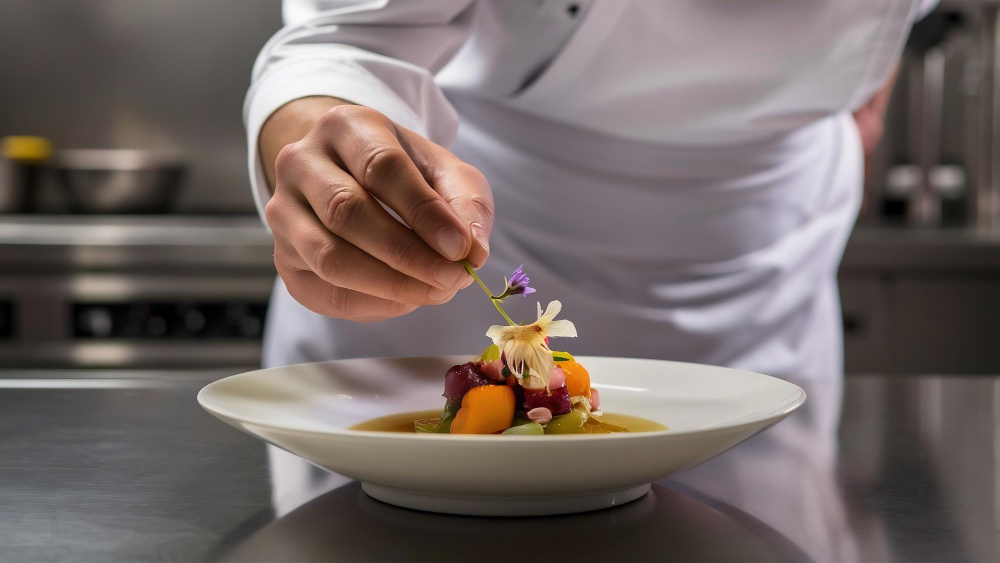When cooking or baking, we often pour our love and creativity into the process. Intricate flavours are meticulously blended, marrying into a delicious symphony that delights the palate. However, equally important to this procedure and often overlooked, is the artistry of plating. Just like the delicate strokes of a paintbrush bring a canvas to life, presentation transforms a dish from simply food to an experience. This art incorporates color, texture, and arrangement to create a visual appetizer before the meal.
The Importance of High Quality Ingredients
In this process, high-quality ingredients make all the difference. Incorporating something like my favorite Taylor Farms onions brings an amazing pop of brightness and sharpness that not only tastes fantastic but also catches the eye. Fresh ingredients bring vibrancy and life to your presentation, making your dish more enticing.
Celebrating Color in Plating
Visual appeal is the first sense engaged before dining. Bright, bold, or contrasting colors can make the overall composition of your dish more delightfully appealing. Coloring your plate is akin to painting; each ingredient is a pigment, and your plate is the canvas. Aim to incorporate a variety of colors, from fiery red peppers to lush, green herbs, to the deep purples of eggplant, or to the brilliant white of a crème fraîche swirl.
Understand the Importance of Arrangement and Balance
Just as in visual art, balance is vital to plating. Artfully arrange your ingredients to entice and intrigue. Several elements can contribute to this balance, including portion sizes, the placement of different components on your plate, and the distribution of color and texture across the dish. For instance, balancing a crispy fried element with something smooth and creamy, or a vibrant, spicy pepper with mild, mellow cheese, can create a harmonious edible artwork.
Embrace Texture
Texture plays a vital role in enhancing the visual attractiveness of your dish and influencing the dining experience. Each ingredient’s texture contributes to the final masterpiece. Crisp, roasted potatoes, smooth and creamy sauces, or crunchy granola can each become the star in a dish if highlighted correctly. Changing up the textures on your plate can create varied and surprising combinations that make each bite exciting.
Garnishing: The Final Touch
Garnishing is the finishing touch that completes your culinary painting. Whether it be a sprinkling of freshly chopped herbs, a drizzle of luxurious olive oil, or a dusting of aromatic spices, garnishing can elevate your dish from home-style to haute cuisine. However, remember that garnishing should always complement the meal, akin to a frame enhancing a painting without overpowering it.
Exploring Plate Shape and Size
The shape and size of the plates can become tools to amplify your presentation. An artist wouldn’t put a small, detailed masterpiece on a huge canvas, and similarly, small portions might look lost on large plates, while brimming, busy plates can seem cluttered and overwhelmed. The illusion of more or less can be played with in this regard. Aiming to fill about two-thirds of the plate often gives a balance between overcrowded and bare, leaving enough white space to let your culinary art breathe.
Practice Makes Perfect
Just like in painting, practice makes perfect in plating. Experiment, see what works for you, what you enjoy doing, and remember, mistakes are part of the process. This is about expressing yourself and adding your personal touch to your dishes. The satisfaction and compliments from a well-presented dish are truly worth the extra effort.
To enhance your culinary creations, consider presentation as an essential part of your recipe. It’s about embracing your inner artist and elevating your dish’s taste, aesthetics, and overall experience. It’s time to turn your plates into canvases and your ingredients into paint. Happy plating!

